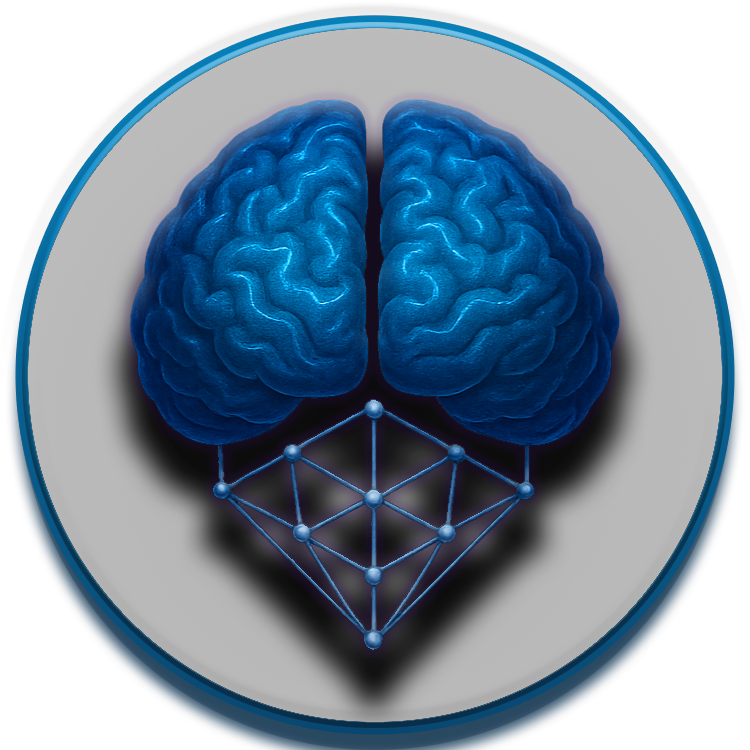
Getting Started with NeuroCognitive Architecture (NCA)¶
Welcome to the NeuroCognitive Architecture (NCA) for Large Language Models. This guide will help you set up your environment, understand the core concepts, and start building with NCA.
Table of Contents¶
- Overview
- Prerequisites
- Installation
- Quick Start
- Core Concepts
- Configuration
- Examples
- Troubleshooting
- Next Steps
Overview¶
NeuroCognitive Architecture (NCA) is a biologically-inspired framework that enhances Large Language Models with a three-tiered memory system, health dynamics, and cognitive processes that mimic human brain functions. NCA enables more contextually aware, adaptive, and human-like AI systems.
Key Features¶
- Three-Tiered Memory System: Working memory, episodic memory, and semantic memory
- Health Dynamics: Simulated fatigue, attention, and cognitive load
- Biological Inspiration: Neural activation patterns and cognitive processes
- Seamless LLM Integration: Works with popular LLM frameworks
Prerequisites¶
Before you begin, ensure you have the following installed:
- Python 3.9 or higher
- pip or poetry (recommended)
- Docker and Docker Compose (for containerized deployment)
- Git
Installation¶
Using Poetry (Recommended)¶
# Clone the repository
git clone https://github.com/your-organization/neuroca.git
cd neuroca
# Install dependencies with Poetry
poetry install
# Activate the virtual environment
poetry shell
Using pip¶
# Clone the repository
git clone https://github.com/your-organization/neuroca.git
cd neuroca
# Create and activate a virtual environment
python -m venv venv
source venv/bin/activate # On Windows: venv\Scripts\activate
# Install dependencies
pip install -e .
Using Docker¶
# Clone the repository
git clone https://github.com/your-organization/neuroca.git
cd neuroca
# Build and start the containers
docker-compose up -d
Quick Start¶
Here's a minimal example to get you started with NCA:
from neuroca import NCA
from neuroca.memory import WorkingMemory, EpisodicMemory, SemanticMemory
from neuroca.integration import LLMConnector
# Initialize the NCA with default settings
nca = NCA()
# Connect to your preferred LLM
llm_connector = LLMConnector(provider="openai", model="gpt-4")
nca.set_llm(llm_connector)
# Process input through the cognitive architecture
response = nca.process("Tell me about the solar system")
print(response)
Core Concepts¶
Memory System¶
NCA implements a three-tiered memory system inspired by human cognition:
-
Working Memory: Short-term, limited capacity storage for active processing
-
Episodic Memory: Stores experiences and events with temporal context
from neuroca.memory import EpisodicMemory # Create episodic memory em = EpisodicMemory() # Store an episode em.store( content="User asked about the solar system", context={"timestamp": "2023-10-15T14:30:00", "location": "chat_session_1"} ) # Retrieve relevant episodes solar_system_episodes = em.retrieve("solar system", limit=5) -
Semantic Memory: Long-term storage for facts, concepts, and knowledge
Health Dynamics¶
NCA models cognitive health factors that affect performance:
from neuroca.core.health import HealthSystem
# Initialize health system
health = HealthSystem()
# Update fatigue after intensive processing
health.update_fatigue(0.1) # Increase fatigue by 10%
# Check current attention level
attention_level = health.get_attention()
# Apply cognitive rest
health.rest(duration=5) # Rest for 5 time units
Configuration¶
NCA can be configured through YAML files or environment variables:
YAML Configuration¶
Create a config.yaml file:
memory:
working:
capacity: 10
decay_rate: 0.2
episodic:
max_episodes: 1000
retrieval_strategy: "relevance"
semantic:
embedding_model: "text-embedding-ada-002"
similarity_threshold: 0.85
health:
fatigue:
recovery_rate: 0.05
max_level: 1.0
attention:
base_level: 0.8
fluctuation_range: 0.2
llm:
provider: "openai"
model: "gpt-4"
temperature: 0.7
max_tokens: 1000
Load the configuration:
from neuroca import NCA
from neuroca.config import load_config
config = load_config("path/to/config.yaml")
nca = NCA(config=config)
Environment Variables¶
You can also configure NCA using environment variables:
# Memory settings
export NEUROCA_MEMORY_WORKING_CAPACITY=10
export NEUROCA_MEMORY_EPISODIC_MAX_EPISODES=1000
export NEUROCA_MEMORY_SEMANTIC_SIMILARITY_THRESHOLD=0.85
# Health settings
export NEUROCA_HEALTH_FATIGUE_RECOVERY_RATE=0.05
export NEUROCA_HEALTH_ATTENTION_BASE_LEVEL=0.8
# LLM settings
export NEUROCA_LLM_PROVIDER=openai
export NEUROCA_LLM_MODEL=gpt-4
Examples¶
Conversation with Memory¶
from neuroca import NCA
nca = NCA()
# First interaction
response1 = nca.process("My name is Alice")
print(response1) # Acknowledges the name
# Second interaction (demonstrates memory)
response2 = nca.process("What's my name?")
print(response2) # Should recall "Alice"
# Complex reasoning with memory
response3 = nca.process("I like astronomy. What topics might interest me?")
print(response3) # Uses semantic memory to suggest astronomy-related topics
Cognitive Load Simulation¶
from neuroca import NCA
from neuroca.core.health import HealthSystem
nca = NCA()
health_system = nca.health_system
# Monitor health during complex processing
initial_attention = health_system.get_attention()
print(f"Initial attention: {initial_attention}")
# Process a complex query
response = nca.process("Explain quantum mechanics in detail")
# Check health after processing
post_attention = health_system.get_attention()
fatigue = health_system.get_fatigue()
print(f"Attention after processing: {post_attention}")
print(f"Fatigue level: {fatigue}")
# Apply rest
health_system.rest(duration=10)
print(f"Attention after rest: {health_system.get_attention()}")
Troubleshooting¶
Common Issues¶
Memory Retrieval Problems¶
If memory retrieval isn't working as expected:
- Check memory capacity settings
- Verify embedding models are properly loaded
- Adjust similarity thresholds in configuration
# Debug memory retrieval
from neuroca.utils.debugging import debug_memory_retrieval
debug_memory_retrieval(nca.episodic_memory, query="solar system")
Performance Issues¶
If you're experiencing slow performance:
- Reduce memory capacity or retention
- Use a lighter LLM model
- Adjust health dynamics parameters
# Performance optimization
nca.config.memory.working.capacity = 5 # Reduce working memory load
nca.config.llm.model = "gpt-3.5-turbo" # Use a faster model
API Connection Errors¶
For LLM integration issues:
- Verify API keys are correctly set
- Check network connectivity
- Ensure rate limits haven't been exceeded
# Test LLM connection
from neuroca.integration import test_llm_connection
test_llm_connection(provider="openai", model="gpt-4")
Next Steps¶
Now that you're familiar with NCA basics, you can:
- Explore the API Reference for detailed documentation
- Check out Advanced Usage for complex scenarios
- Learn about Custom Extensions to add your own components
- Explore the Architecture Diagrams to understand the system design
- Review the LangChain Integration for using NCA with LangChain
For any questions or support, please open an issue on our GitHub repository.
Happy building with NeuroCognitive Architecture!